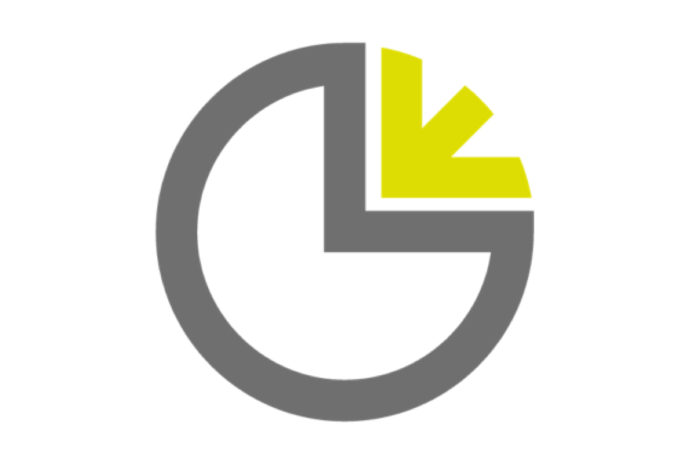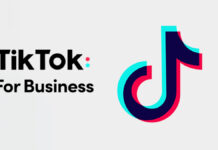Most marketers are familiar with the concept of the marketing funnel: customers enter at the top when they become aware of a brand or product, then hopefully move through the phases of interest, engagement and consideration towards conversion and retention. It’s an intuitive model for understanding purchase triggers and decisions, especially around big buys like a holiday or a car.
But in the digital environment, we should look beyond the funnel towards understanding the personal customer journey at a more granular level.
The route a person may travel between becoming aware of a brand and making a purchase is complex and varied, and simply applying the same tactic to each person in a particular phase in the customer life cycle is not going to deliver the optimal results.
Wouldn’t it be great to tailor the message not only to where the customer is in the funnel, but also to personalise the message so that it resonates with them on a rationale and emotional level? With the access to customer data we have today, along with the tools we have for dynamic messaging, this level of personalised engagement is within our reach.
We can use today’s platforms to customise dynamic messaging for customers through an automated bidding approach (known as smart bidding) that uses algorithms to determine what message to show which person at a particular time. This enables marketers to target messages that address the consumer’s emotional and rational mindset as he or she explores and evaluates options.
How bias shapes customer decisions
This can be quite exciting when it’s combined with insights from behavioural economics, which is essentially the study of how people’s biases shape the decisions they make.
The reality is that data power brokers such as Google, Amazon and Facebook are able to collect thousands of intent signals from people as they use their various platforms and visit websites embedded with their tracking tags, which is almost every website looking to sell anything. Through a smart bidding approach with dynamic ad formats they can use these intent signals to target individual biases to influence and shift brand preferences.
Google discussed a few of these biases at a recent summit it hosted in Dublin, along with some research into how these triggers shifted consumer behaviour.
For its study, Google asked a group of consumers to pick their favourite mobile phone brand and favourite mortgage provider brand. It investigated how marketers could use certain triggers to convince consumers to try a competing brand. Some of these triggers were so powerful that the researchers could convince consumers to try a fictional mortgage brand created for the experiment.
Let’s look at a few of these triggers:
- The exposure effect: Increasing the frequency at which people see a brand will increase the chance that they will switch. The test found this trigger had a relatively small effect for mobile phone maker and mortgage provider alike.
- The scarcity bias: This is about prompting people to buy before an offer comes to an end or stock runs out. Again, the effect was relatively small for both mobile phone and mortgage customers.
- The social norms bias: This tactic uses testimonials and case studies to imply that people like the customer are using a product or service. This lifted the propensity of mortgage customers to switch by nearly 20% and phone customers by 22%.
- Authority bias: Enticing people to buy with expert reviews and endorsements. This tactic was less successful than the social norms bias, but had a bigger impact than scarcity and exposure.
- Power of free: Everyone likes to get something for free. Mobile phone customers, however, were not as easily swayed by an offer to receive something for free and tended to be more brand loyal. Mortgage customers on the other hand, were happy to switch for $500 cash back, which is interesting considering $500 is small change relative to the cost of a 20-year mortgage.
- Power of now: Limited time offers resonated with mortgage and phone customers alike; 9,8% and 10,2% of consumers respectively would switch.
- Category heuristics: This bias had the biggest impact – more than 13% for phones and close to 24% for mortgages. It illustrated how messages about an unknown product and how it fits within a category made people more likely to switch than getting messages about a familiar brand competing with their current choice.
These examples show that marketers should not take a one-size-fits-all approach to the marketing funnel, but tailor their approach to the different ways in which people make decisions within different product categories. As a rule, people will be more rational and calculated about a bond decision than about a new phone, but it’s also important to make allowances for each customer’s personal biases.
With today’s digital tools and platforms, digital marketers can test different messaging triggers and how they resonate with different consumers. Not only can these messages be tailored to where the customer is in the purchase cycle, but also to the emotional and logical messages that may appeal most to them. Marketers that make smart use of today’s automation tools and data can vastly increase their success in convincing customers to make the switch from a competitive brand.
About DataCore Media
DataCore Media helps organisations to drive better results from their digital marketing investments by unlocking the full potential of campaign performance data. Our services include digital media strategy, buying and planning across all digital, social media and mobile platforms as well as the implementation and management of the technology organisations need to effectively track and optimise their campaigns. For more, visit: https://datacoremedia.co.za/.






















































































